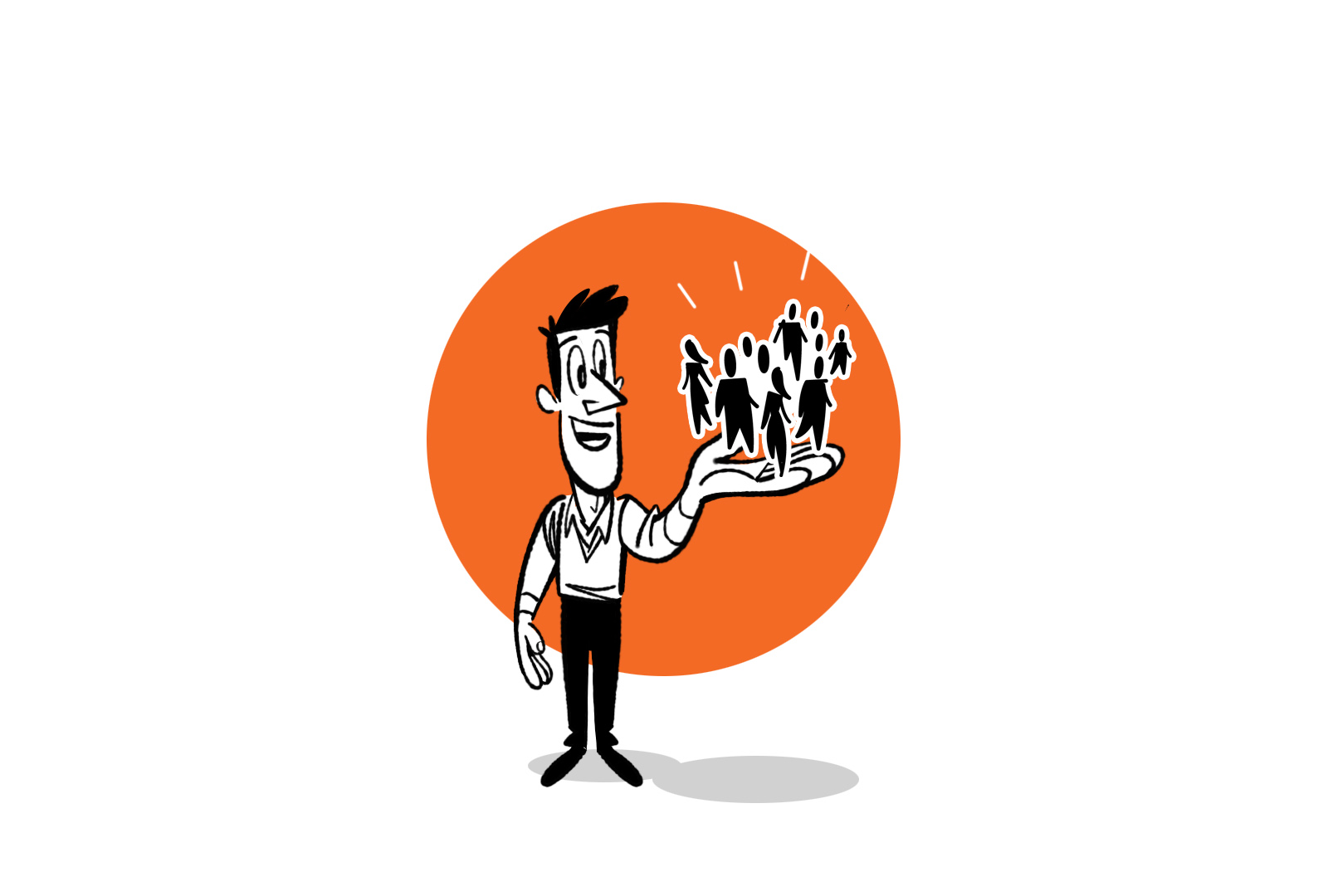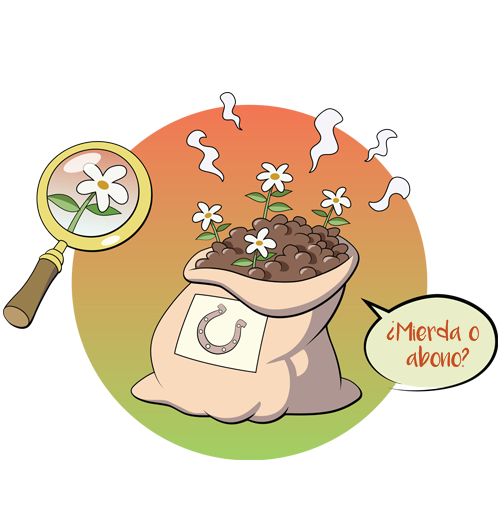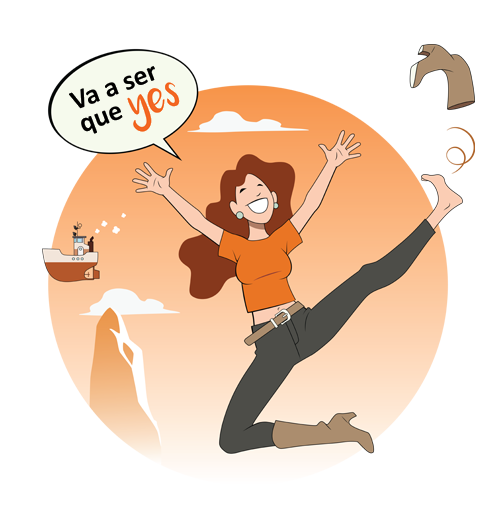In many ways the art of leadership is the art of asking. But not simply any question. We are referring to questions which are unconditionally positive, and which help us see an opportunity: that is to say what is best and what works.
These are questions which do not look for mistakes or weaknesses. They are based on appreciative inquiry and on what is positive, on what does exist, what is good, what is better and what is possible: When did you achieve success? What were the key factors? What were the circumstances? How can we use exceptional stories to inspire change, to mobilize a team?
Taking strengths to a new level, collaborative leadership
Appreciative Inquiry has meant a revolution in strengths by taking them to a new level, and much further than the normal focus on the management of individual strengths. Indeed, there exists literature that define it as «the best method for large groups in the global world of today«. And it is to that, that we wish to dedicate this post.
Without doubt we are living in the collaborative era, and this tendency has been accentuated by the pandemic. In past eras the focus was putting on organizational change and putting emphasis on aspects such as disruptive innovation or organizational cultures which were pro-change.
Today, however, organizational change is not sufficient. The most important question is no longer the transformation per se, but rather the change at all levels. «How do we mobilize a telephone company of 67.000 employees? Or how do we move a whole dairy industry towards more sustainable products? David Cooperrider, asked himself and he is the father of Appreciative Inquiry.
New capacities and tools of leadership to align strengths, interests and priorities at all the levels of a company (sector or region): this is the new strategic capacity for innovation and transformation that is a game changer.
An additional factor, that is equally important is speed. Great changes are often so slow that it does not matter how good is the program or strategy that defined them. It is often the case that they are not fulfilled because the impulse dies or because it deflates after months of meetings between small groups or because people are not motivated to act.
How can we move a whole organization to action? By having an attractive image of the future.
This attractive image of the future is generated by Appreciative Inquiry. This starts by inquiring into “what we do have”.
The next step is to have a dialogue between many people as to what would our organization be like if we used all of its potential. That attractive image of the future, both ambitious and possible, creates sufficient energy to change our behavior and mobilize into action.
How do you mobilize large groups into action with speed and immediacy? The answer is to be found on the online ecosystem. Fortunately, in Madavi we have the The YES Planet.
The YES Planet is the second best possible after being physically face-to-face. An online platform in which everyone uses their energy and talent.
We tell you about it in this video:



